There are hopefully few among us unfamiliar with Operation Red Wings.
At the time of this writing it’s been almost 15 years since June 28, 2005, when four US Navy SEALs carried out an op to put eyes on known terrorist Ahmad Shah.
The men had positioned themselves on the shale mountainside in the Hindu Kush east of Asadabad when they were compromised by a trio of supposed goatherders.
Knowing it would violate the rules of engagement to simply shoot the goatherders they let them go, and within a matter of hours found themselves in a battle for their lives.
A battle three of the four men died. The last man standing was Marcus Luttrell and although he’s the only one left to talk about it, this isn’t only his story. It’s the story of all these men on the most courageous day of their lives.
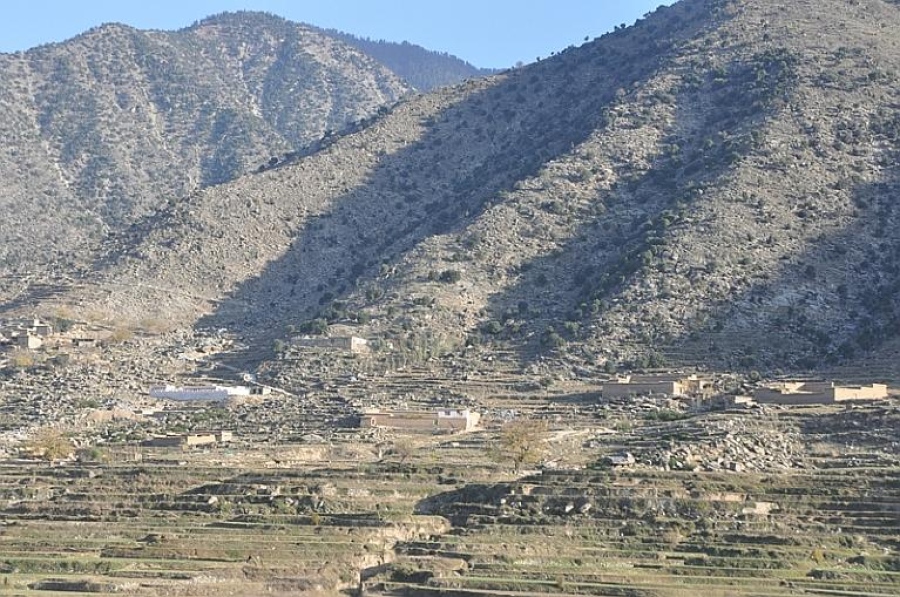
This is the story of Operation Red Wings and why it is not only historically valuable but relevant to our lives in general.
Table of Contents
Loading…
Lone Survivor
Side note: if you’re not familiar with the book Lone Survivor, go get it.
There’s a movie, too, and it’s fairly well done but the book is much better and Marcus Luttrell himself wrote it with established author Patrick Robinson.
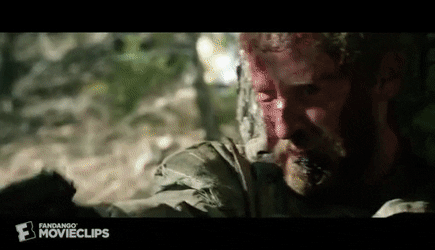
“I will never quit. I persevere and thrive on adversity. My Nation expects me to be physically harder and mentally stronger than my enemies. If knocked down, I will get back up, every time. I will draw on every remaining ounce of strength to protect my teammates and accomplish our mission. I am never out of the fight.” (SEAL Ethos)
“You Stay Alive, Marcus.” (Sonar Technician 2nd Class Matthew Axelson)
His goal was simple: protect his brothers. Petty Officer 2nd Class (SEAL) Matthew G. Axelson was the last to jump down the mountainside when the SEAL team first fell back – meaning he kept providing cover as his brothers jumped – and most likely the last to die.
Matt Axelson wasn’t just shot during that final battle in June 2005, he was shot repeatedly and in ways you’d expect to be immediately fatal.
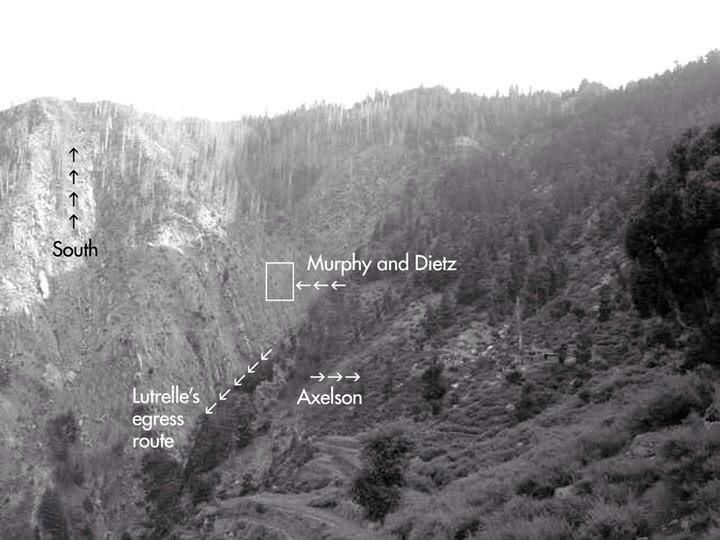
Axelson was shot not once but twice in the head and kept on fighting. That’s some serious badassery; that’s a level of practically inhuman strength.
On the side of that mountain, with his teammates under fire, he refused to falter.
After Axelson’s death, Luttrell would say of Axelson that he fought the encroaching Taliban forces with a calm demeanor, methodically supplying suppressive fire and precise, surgical shots as required to defend their lives.
Who invented chill? Matt Axelson invented chill.
When now-retired Navy SEAL Marcus Luttrell saw Matthew Axelson alive for the last time the two men were hunkered down in a small hollow and Axelson was down to his handgun.
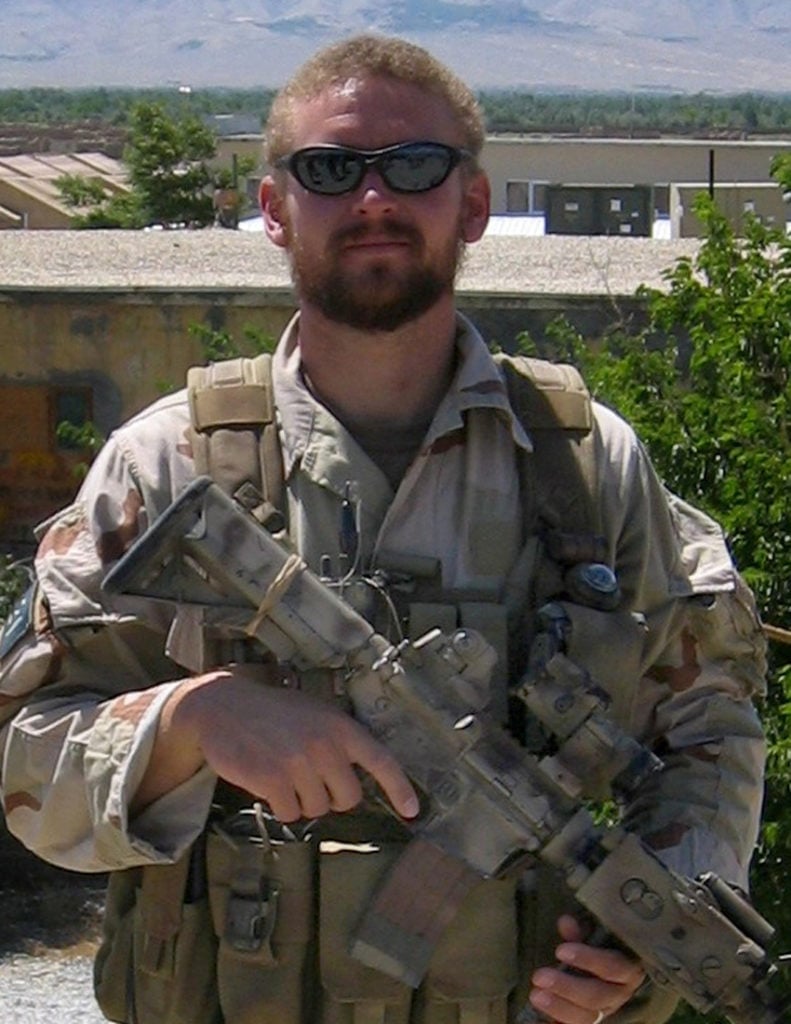
According to Luttrell, Axelson had three full magazines left at that moment in time. And then, the moment was forever lost: a Russian grenade launcher blew Luttrell out of the hollow and he never saw his teammate alive again.
Originally, Luttrell believed Axe must have died then and there because his head wounds were so devastating both his blue eyes had gone black with blood.
But when a team was finally able to locate and take the bodies of the fallen men home they found Axelson not in that spot but a short distance from where he’d been last seen…and down to one mag.
It appeared Axe, who must have been in unspeakable agony, had continued fighting for approximately 30 more rounds. Axe defended Luttrell to his last breath.
Luttrell said one of the last things Axe said to him in that hollow was, “You stay alive, Marcus.”
Acts of Valor
There were so many acts of valor and mind-blowing courage that day it’s impossible to list them all here.
Danny Dietz was shot at least fives times and continued to fight. And when Luttrell dragged him to what he hoped was a safer spot on the mountainside, Dietz kept his rifle raised and laid down cover fire even as he was dragged backward over the shale and dirt.
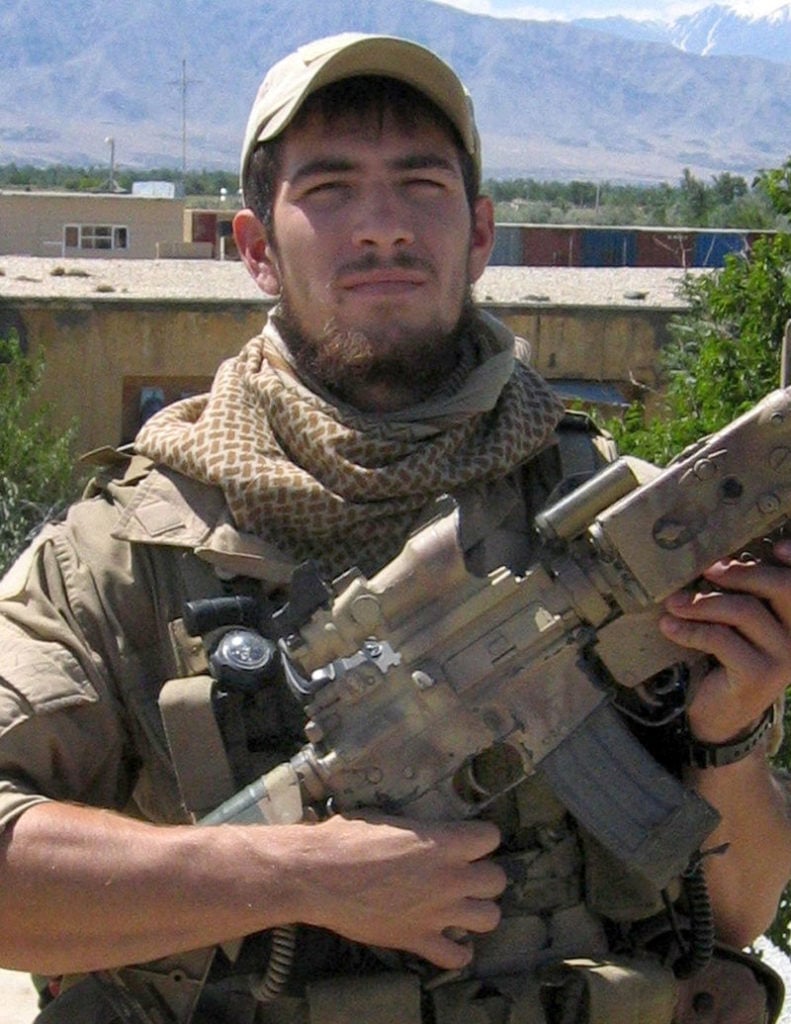
Dietz embodied what it means to be courageous under fire and to keep a clear head even in the face of sure death.
The story of Michael “Murph” Murphy is the stuff of legends.
Luttrell vividly recalls the blood pouring from Murph’s abdomen after Murph was shot in the stomach near the beginning of the firefight. Of course, Murph kept going.
And when it became clear all of the men would die unless Murph used the SAT phone meant for only the direst of emergencies, he knew he had to make it work.
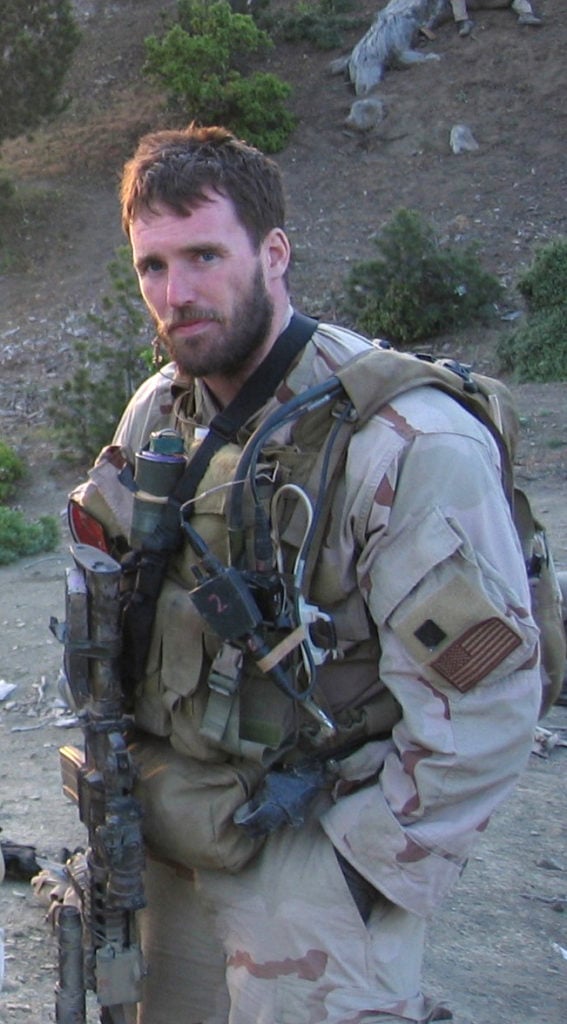
Making it work meant sacrificing himself. There was no signal at all where the men were positioned; Murph needed to find an open, high point, and so he went.
While Murph made that final call – the call that ultimately saved Luttrell’s life because it gave the military the situation and the last known location – he was shot in the back.
It was the third bullet wound he suffered. Being struck by the bullet caused him to drop both the phone and his rifle.
But he only hesitated one horrifically painful moment before he picked them back up, finished the call, and resumed fighting.
There is staggering power to the sacrifice of the brotherhood.
Survive
Surviving takes courage, too. For the men who have seen the worst atrocities of combat and lost their brothers, surviving can take incredible will.
Then there’s the fact that the pain of survivor’s guilt cannot be understood unless it has been lived.
Luttrell was inserted onto that mountain in the Hindu Kush at night on June 27, 2005 and on June 28, 2005 he found himself grievously injured and alone.
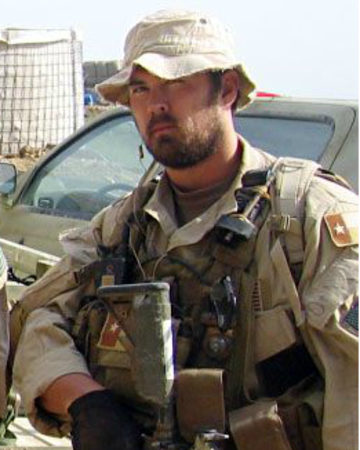
His brothers were dead, he’d been repeatedly shot, his back was shattered, and he’d racked up countless contusions and lacerations diving down the mountain.
He was in mental and physical agony but he refused to give up.
It would be six days before he was rescued by American forces.
“I crawled into the side of that mountain and covered myself with rocks, took mud and anything I could find, packed it into the open holes in my legs… Then night came around. I finally got feeling back in my legs. I stood up, best I could, walk-crawled for at least four miles off that mountain and then onto another one. Then I got shot again the next day. Then I crawled three more miles,” Luttrell said in perhaps the most succinct summary anyone will ever give of the most horrific day of their lives.
The Hunter
Throughout my career I’ve been fortunate to have the opportunity to get to know quite a few American heroes and Luttrell is one of them.
So if you’re wondering what he’s like in person, well, he’s a guy. He’s a medically retired SEAL, a husband, a father, a public speaker, a hunter, and the kind of guy you’d expect to find in Texas.
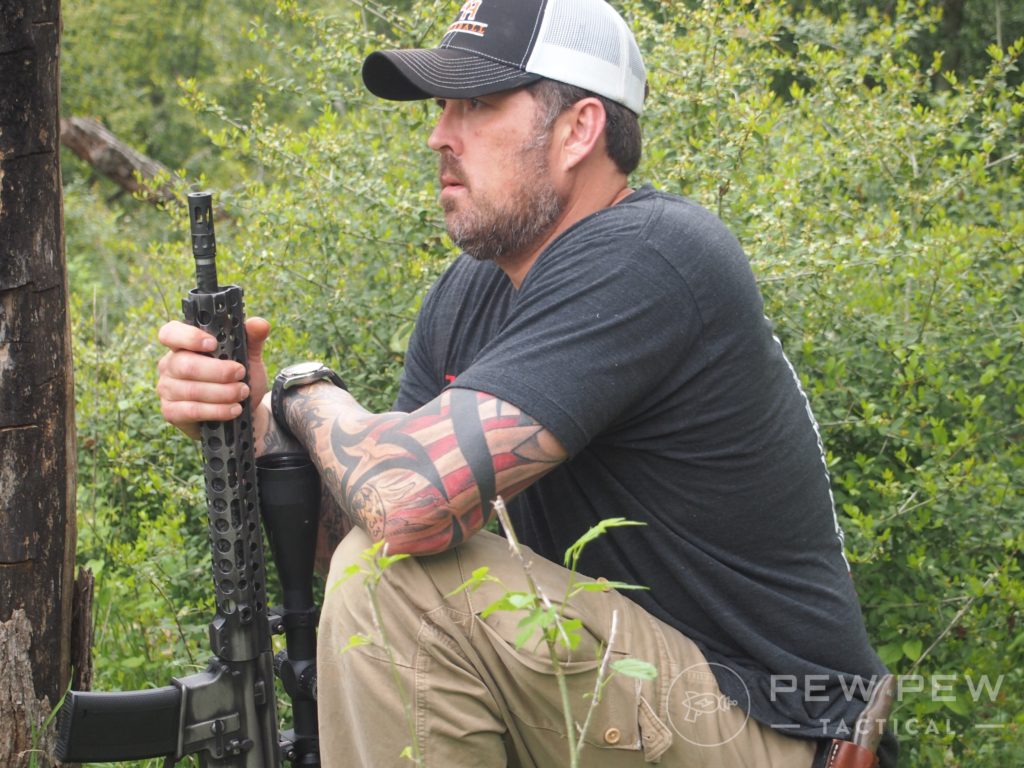
He’s that guy you’d go hunting with, share a few beers with, and just flat-out like.
On a hunt a few years ago on his family’s property out here in Texas we did a spot-and-stalk on Blackbuck and let me tell you, the man may have been injured and is most certainly still in pain, but he can move.
He moves quickly, silently, and effectively – I watched him go from stalking and moving mode to proned out and on target before I could blink, and of course he dropped the running antelope with a single, precise shot in the same heartbeat.
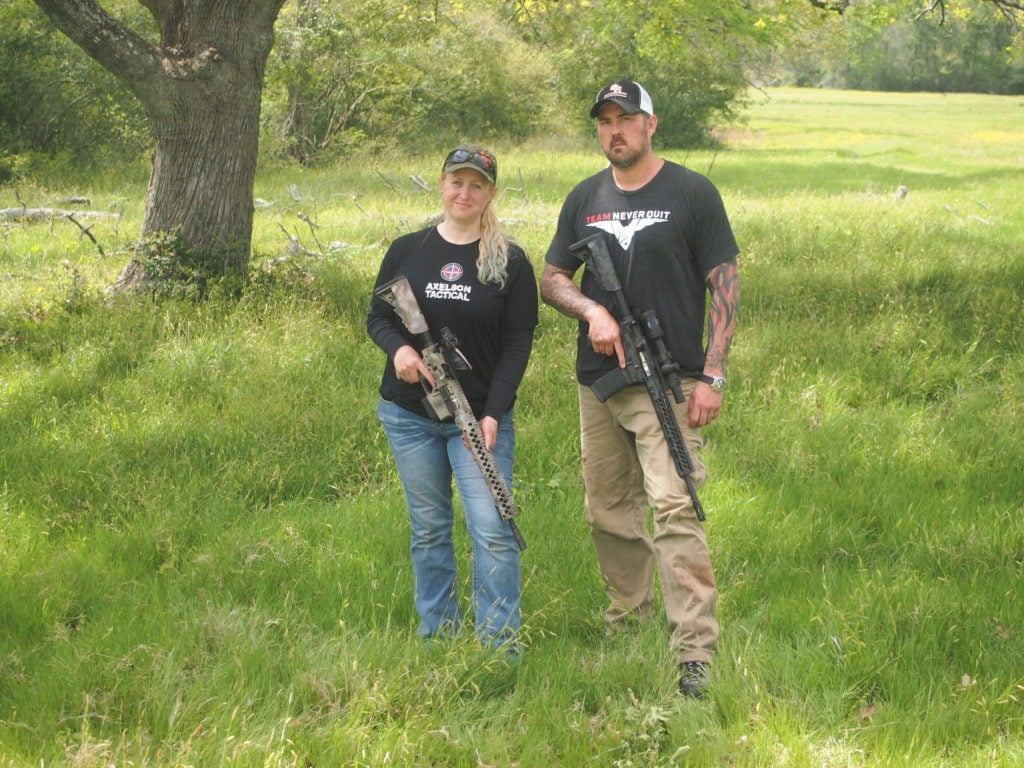
I’ve spent time with Luttrell in various locations but for some reason it’s that shot that has stuck with me. The man has skills borne of experiences that will never be replicated and guess what, they have practical applications.
Mohammad Gulab
Luttrell, after being shot multiple times and crawling for a day and a half, would eventually run into, as he put it, his “first real friend, Mohammad Gulab.”
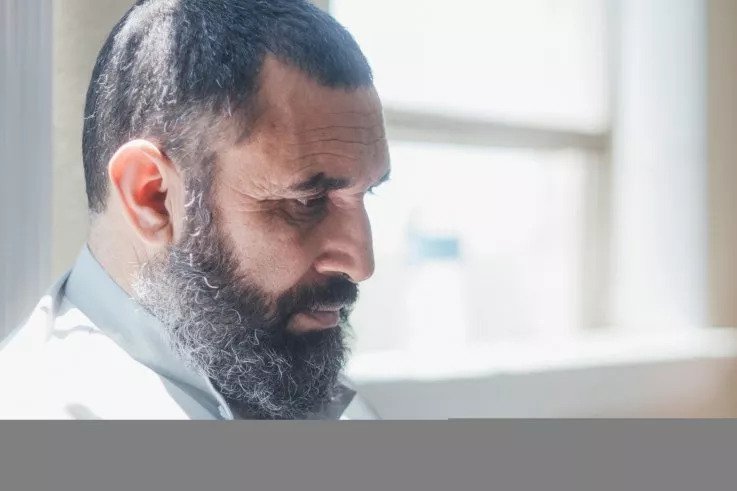
For days, Gulab and his village sheltered the wounded Luttrell. They tended his wounds, fed him, clothed him, sent a runner to the closest American base with a letter from Luttrell, and protected him from the Taliban.
Even in the face of the Taliban threatening Gulab, his family, and his village — the Pashtunwali villagers refused to capitulate.
It would be several days before a team of U.S. Army Rangers would arrive to extract Luttrell.
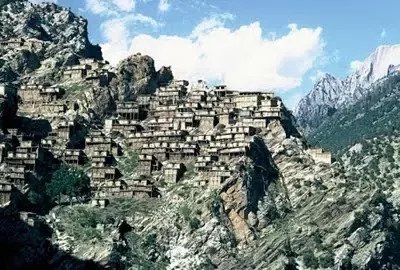
But Gulab’s story doesn’t end there.
For him, the horrors were only beginning. Due to his helping an American, Gulab was marked for death by the Taliban. His nephew would be murdered and the Taliban would attempt to murder Gulab in a number of ways.
From running him off the road to planting a grenade outside his daughter’s bedroom, wounding his daughter, the Taliban didn’t quit.
Gulab would spend the next 10 years fighting for his life and the lives of his family. Finally, after far too long, the American government assisted him in coming to the USA and he now lives with his family in Texas.
Turbine 33
You cannot discuss Operation Red Wings without talking about the men of Turbine 33.
When Murph made that call on his SAT phone a QRF – quick reaction force – team was sent.
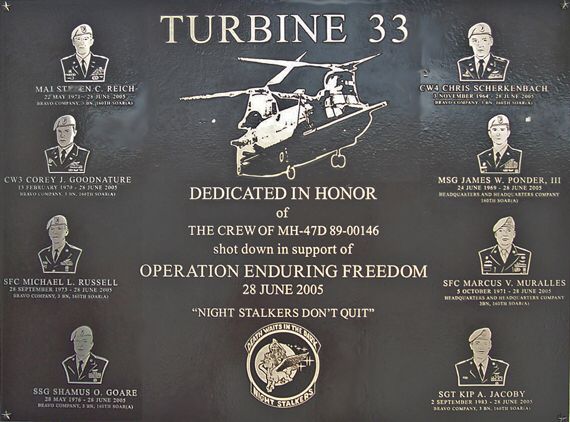
That QRF included an MH-47 Chinook, radio call sign Turbine 33, containing eight SEALs and eight 160th Army Special Operations Aviators.
When the helicopter got close and attempted to insert the SEALs into the firefight, Shah’s men fired an RPG-7 at the Chinook and took it down, killing all sixteen men.
The Lone Survivor Foundation
Wanting to do something more tangible with the events of June 28, 2005 Luttrell decided to start the Lone Survivor Foundation in 2010.
He began the foundation to help service members and their families who were and are recovering from combat trauma. They focus on PTSD, mTBI, and chronic pain.

Between 2010 and 2018 the Lone Survivor Foundation provided more than 25,200 hours of therapeutic services in a military-friendly environment to vets and their families, all at no cost to those receiving it.
You can learn more about the foundation here and, if you are a veteran suffering from combat trauma, you can apply to attend here.
Team Never Quit
You could ask Luttrell what he learned from Operation Red Wings, what he would change, and whether he is happy with the choices he made that day but it all comes down to this: never quit.
If you want to hear more in his own words, Luttrell has a podcast through his foundation Team Never Quit.
In Memoriam: The Men of Operation Red Wings
SEALs:
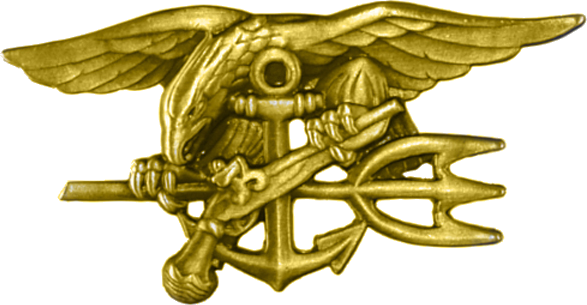
- LT Michael P. Murphy
- SO2 Matthew G. Axelson
- SO2 Danny Dietz
- SOC Jacques Fontan
- SOCS Daniel R. Healy
- LCDR Erik Kristensen
- SO1 Jeffrey Lucas
- LT Michael McGreevy, Jr.
- SO2 James Suh
- SO1 Jeffrey Taylor
- SO2 Shane Patton
Night Stalkers (160th Special Operations Aviation Regiment):
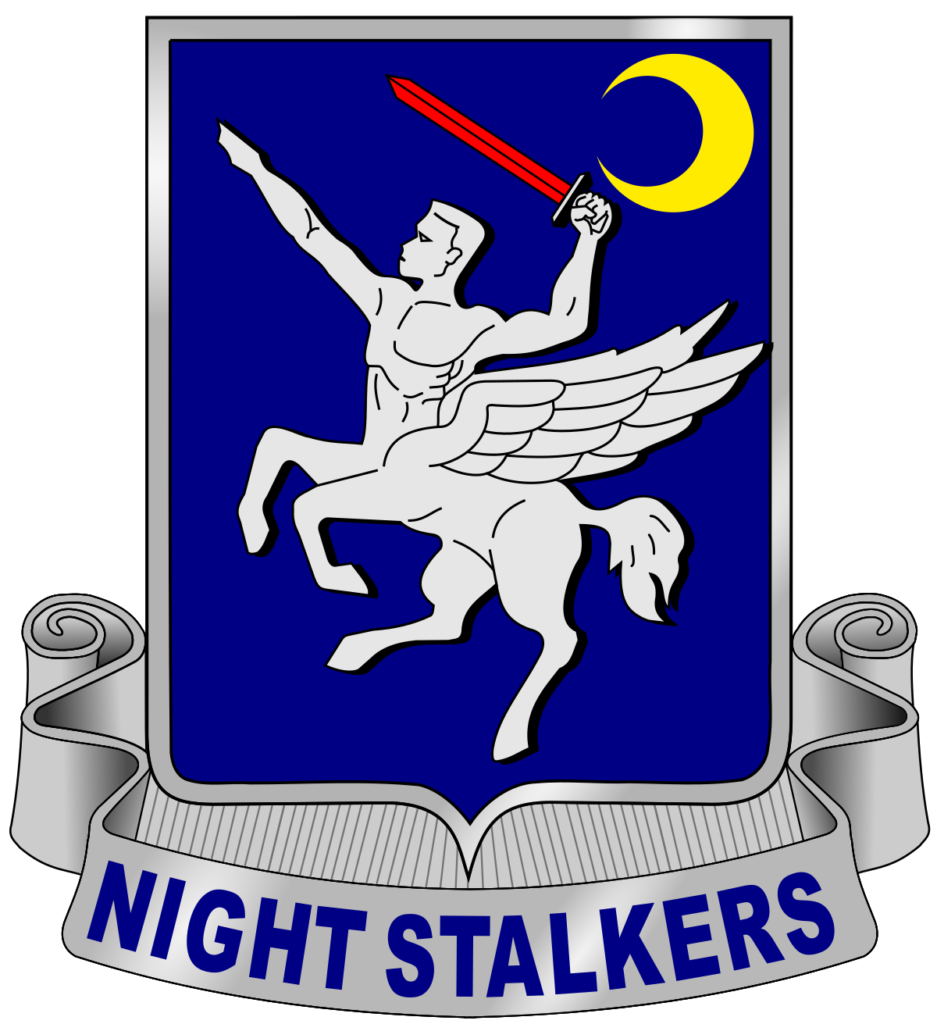
- SSG Shamus Goare
- CW3 Corey Goodnature
- SGT Kip Jacoby
- SFC Marcus Muralles
- MSG James Ponder III
- MAJ Stephen Reich
- SFC Michael Russell
- CW4 Chris Scherkenbach
Closing
It’s been fifteen years since 19 men were killed in what could easily be called the darkest day in the SEAL teams’ history.
Never forget. And never quit.

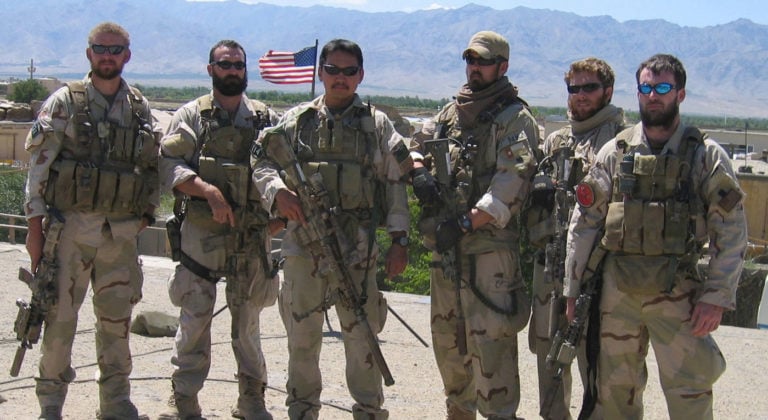
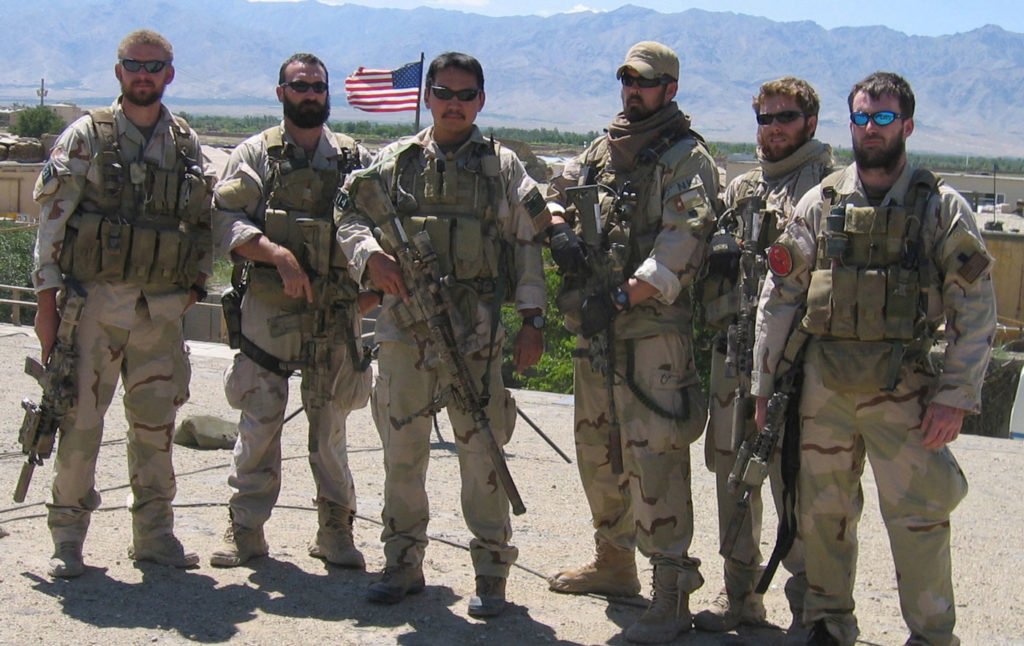







13 Leave a Reply
Al Blake must be filled with a terrible amount of hate. What a shame.
Luttrell's story is suspect at best. His book says they fought, what, 100 insugents, killing 35? More like 8-12 fighters according to multiple sources, including video shot by those Talis during the fight, Gulab and the other villagers who rescued Luttrell, and the Marine rescue team who were there a day later. There's no way such a remote area in the Korengal could support a third that many fighters. Those Marines found no bodies at all, btw, pretty surprising for a supposed company sized Tali unit that had just suffered at least 50% casualties.
And we're supposed to believe they stood around discussing what to do with the herders after the soft compromise, like no one ever considered the possibility? In a country full of nothing but goats and goat-herds? Ever hear of Bravo 2-0? Exact same thing happened to an SAS team in Gulf 1. It was even a movie starring Sean Bean, aka Ned Stark. But no, they took a vote, like boy scouts, and it was up to our hero to make the call, which he then blames on CNN. This is an insult to Mike Murphy, as any officer who didn't plan for an obvious contingency like this would be incompetent. Murphy's father said exactly this in a 2007 interview. Doesn't matter anyway, cuz the Talis already knew where they were: they heard their infil bird, found the fast rope the SEALs kicked under a bush at the LZ, and followed their big Salomon boot prints up the mountain.
Fact is, those Seals were pulled last minute from an SDV team,, and their hard infantry and recon skills had gotten a little soft. They were ambushed by a dozen Talis with bigger guns, better positions, and knowledge of the terrain, and got schwacked. It wouldn't have happened to a group of Rangers or Recon Marines who do that for a living rather than drive mini-subs. And just like Pat Tillman, the DOD needed up a hero story to cover up a goatf@ck, except this time here's Luttrell already on the spot trying to cash in with a ghost written book so bad it can't even get the mission name right (it's Red Wings after the hockey team, not Redwing). Just another Texas blowhard like Chris "I shot looters from the roof of the Superdome and knocked out Jesse Ventura" Kyle, who's made a post service career getting paid to tell anyone who will listen, books films, interviews, podcasts, you name it, about his time as a "silent" professional.
Hey you got any additional tin foil hats you could share? Asking for a friend.
I don’t think any seal post 911 has ever been mistaken as a quiet profesional! I thought he was a hero for a long time. I watched the taliban video on youtube and it changed my mind. Specifically the clear audio of Murphy yelling “marcus come back”. Very chilling. His story falls apart under scrutiny. Gulab claims when they found Marcus he still had his full load out. I watched a portion of one of his paid speeches where he claimed his back was broken and he had 11 “through and throughs” as he referred to them. I had to turn it off. It felt so artificial and contrived. It felt disrespectful to the other 3 guys. Those 3 fought their asses off. But the reality is that mission was a shit show from the beginning. They were carless and paid for it. In the end it doesn’t really matter, Marcus knows the truth and he is the only one who has to live with himself and what he did or didn’t do.
While I understand SEALs tend to exaggerate things and are confident to a fault. Do not think they aren’t well trained. Yes there are better units like you stated for this type of mission but let’s not get it twisted in 2005 afghan there wasn’t a tremendous amount of warriors to choose from maybe 20-25 thousand troops total in country and maybe 1/10th of those were combat units. To claim that they didn’t face 100 enemies because of the remote area is spoken like someone who’s never been there. Korengal was and is crawling with hezbi e islami. Who are way more effective fighters than Taliban but the media and books and stuff say taliban because it’s easier for people’s heads back home. For the team to not find any dead combatants isn’t unusual either because they have to be buried by sundown, so they will get the bodies fast. Finding blood pools and body parts are usually what post battle assessment comes up with unless you are the ones conducting the raid. So instead of reading and discrediting someone who obviously has seen combat and is living with his whole team being killed. Maybe learn a little deeper about the area. Battle of wanat for example was in korengal and the 173rd are without saying some of the best warriors the army produces but they were attacked by a battalion size element in this remote area you claim can’t support those numbers.
I'm sure areas of the Korengal are teeming with bad guys, but Sawtalo Sar? No way. This isn't me just grinding some axe, though I see Luttrell's account as stolen valor. Look up Ed Darack, ex-SF guy, who spent years researching the entire fiasco for a book called Victory Point, dealing with a number of missions in that area. No AARs from missions before and after Red Wings, no HUMINT, SIGINT, or any other kind of INT corroborates the number of hostiles in Luttrell's story. Same with the villagers who rescued Luttrell and all the videos those insurgents made themselves. And I don't care how pious these guys were, a reinforced company-sized element that was mauled the way Luttrell claims (at least 50% casualties) does not bury 40 bodies in a few hours (graves no one ever finds) and then vanishes with all their wounded. and extra gear.
Pre-mission planning put the hostiles number at 20, tops. Luttrell's own AAR said 20-35. Murphy's MoH citation said 30-50. By the time of the book, that number had inflated to 200, and their target, who they never even laid eyes on, Ahmed Shah, was hardcore AQ and promoted to an OBL top lieutenant, lies no one but Luttrell has ever even tried to defend. Add in all the other ridiculous bits in the book, like out of four SEALs on a mountain recce, not *one* of them carried anything to tie up the goatherds, and you gotta wonder what kind of people just swallow this self-serving fable whole.
Look, with all due respect, so what if it's not exactly true, but just 'loosely' true? I, like many other people who saw the movie and heard the story, had a LOT more support for not just the SEALs but the military in general. That's how movies work.
I'd rather the story be told with a few white lies than never having known about it at all. How many US soldiers have died that NOBODY knows but their brothers and family?
You gotta give some, you gotta take some. Fact is, those soldiers died, and I'm sure if you could ask each of them, they'd want that movie made, 100% true or not.
Do you want the average person to support the military, or not?
And no, I'm not trying to diss you, I know nothing of you, and you of me. That's not the point. In my opinion, calling those who tell the stories 'liars' is worse than making a white lie movie that makes you think about those who die to keep us free.
“So what if it’s not exactly true?” Are you serious? What are you referring to, the movie or his story? Both? Because it makes a hell if a lot of difference. If someone says something that is not true, that person is a liar. That is the literal definition of a liar.
If you're talking about the movie, yeah whatever, Hollywood's got a right to tell their own story. But Luttrell wrote (or approved a ghost writer) this self serving ego-stroke of a book making his Lt look incompetent and himself a hero. Like any competent officer would pick a layup spot 10 feet off a goat trail so they get compromised by shepherds like a bunch of muppets. And we're to believe Murphy was so flabbergasted by what happens, never having considered the possibility of running into goatherds in a country where f@cking goats is the national pass time, that he just breaks down and has to take a vote on how to proceed. And of course hero Marcus makes the tough call. Whatever. All the obvious bs in his book, makes me wonder just how Luttrell managed to be the only one to make it off that mountain. No doubt he was a helluva runner when he was still in shape.
Slow Salute.
Absolutely an amazing article, well written and timely. Luttrell is a national treasure. I spent 3 years with a support team of Operation Enduring Freedom mostly at Bagram. Thank you Pew Pew for running this, lest we forget.
All of these soldiers, are far better than me.
than most of us...